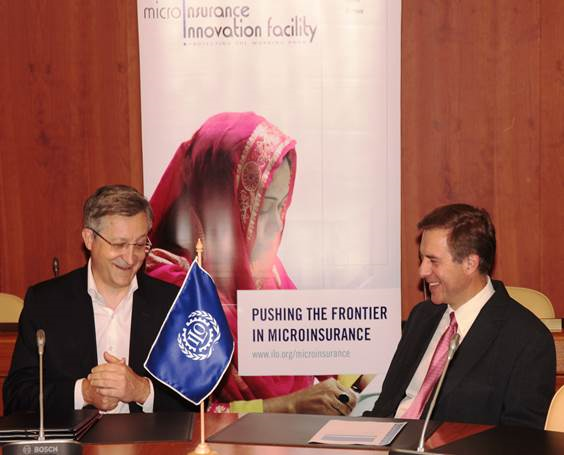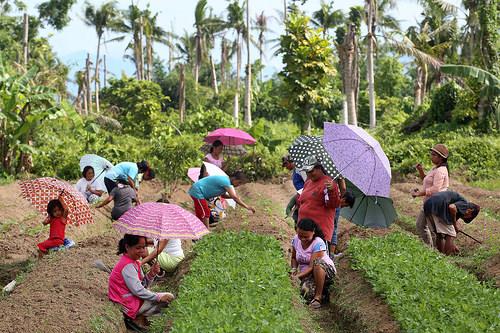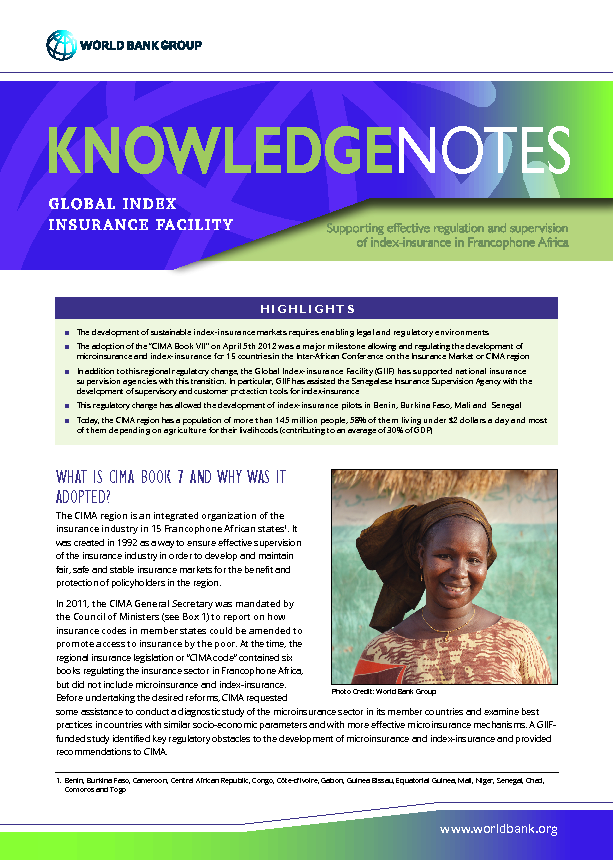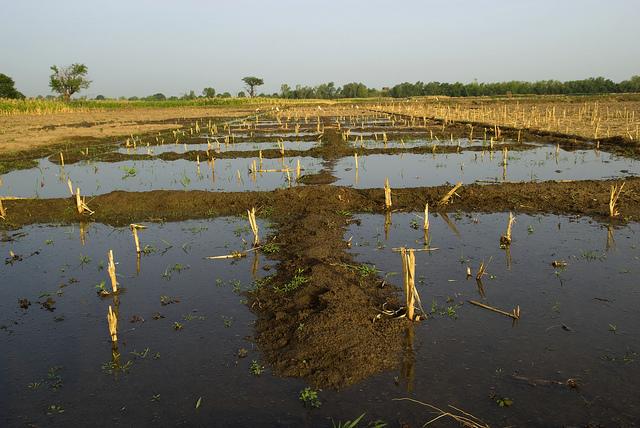
Legal/Regulatory frameworks





52% of the population in Haiti lives in rural areas. However, Haitian agriculture historically remained unprofitable and financial credit to agriculture represents less than 1% of the total loan portfolio of banks. As a consequence, 60% of the food consumed in Haiti is imported. Agricultural production is severely affected by natural catastrophes such as excessive rain, hurricane strength winds, and droughts.
Argentina’s agriculture sector is very vulnerable to weather risks. For instance, cotton in the Chaco Province - the most important cotton producing area in Argentina and the third poorest province - is very exposed to drought, excess rainfall and pests. Similarly, cattle-rearing in southwest Buenos Aires Province is very exposed to droughts which impact severely on pasture production.
At the request of the Ministry of Finance of Senegal, a feasibility study was completed in 2009 to assess the potential of index insurance. This study recommended the development of weather-based index insurance for commercial farmers, and suggested a pilot for groundnut farmers in two departments – Nioro and Kaffrine. As a follow-up to these recommendations, CNAAS requested in 2011 financial and technical assistance from the World Bank in order to pilot-test index insurance for groundnut farmers. The objective of the pilot was 1) to test the operational and technical procedures of the weather
